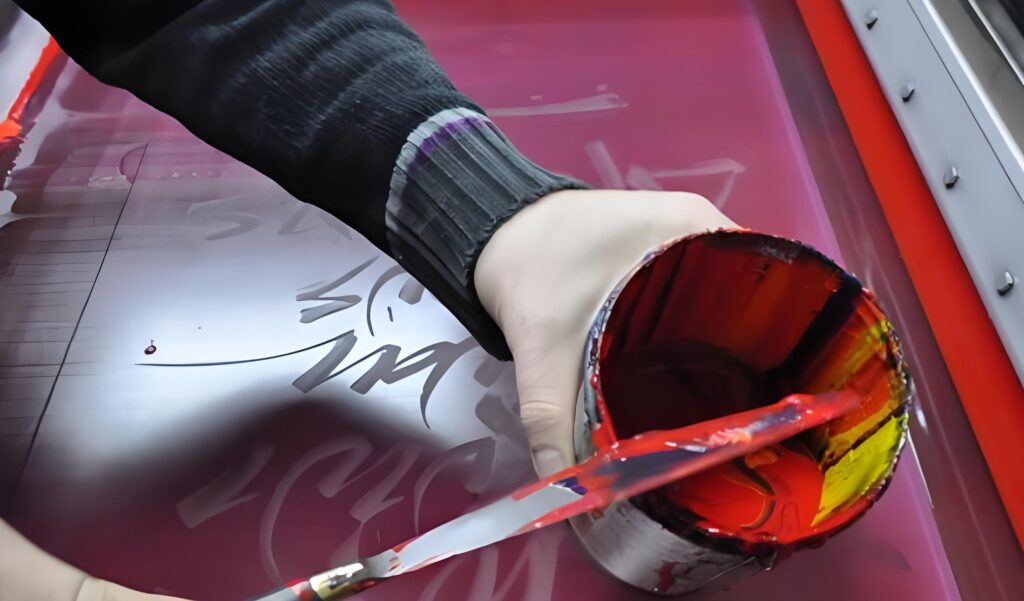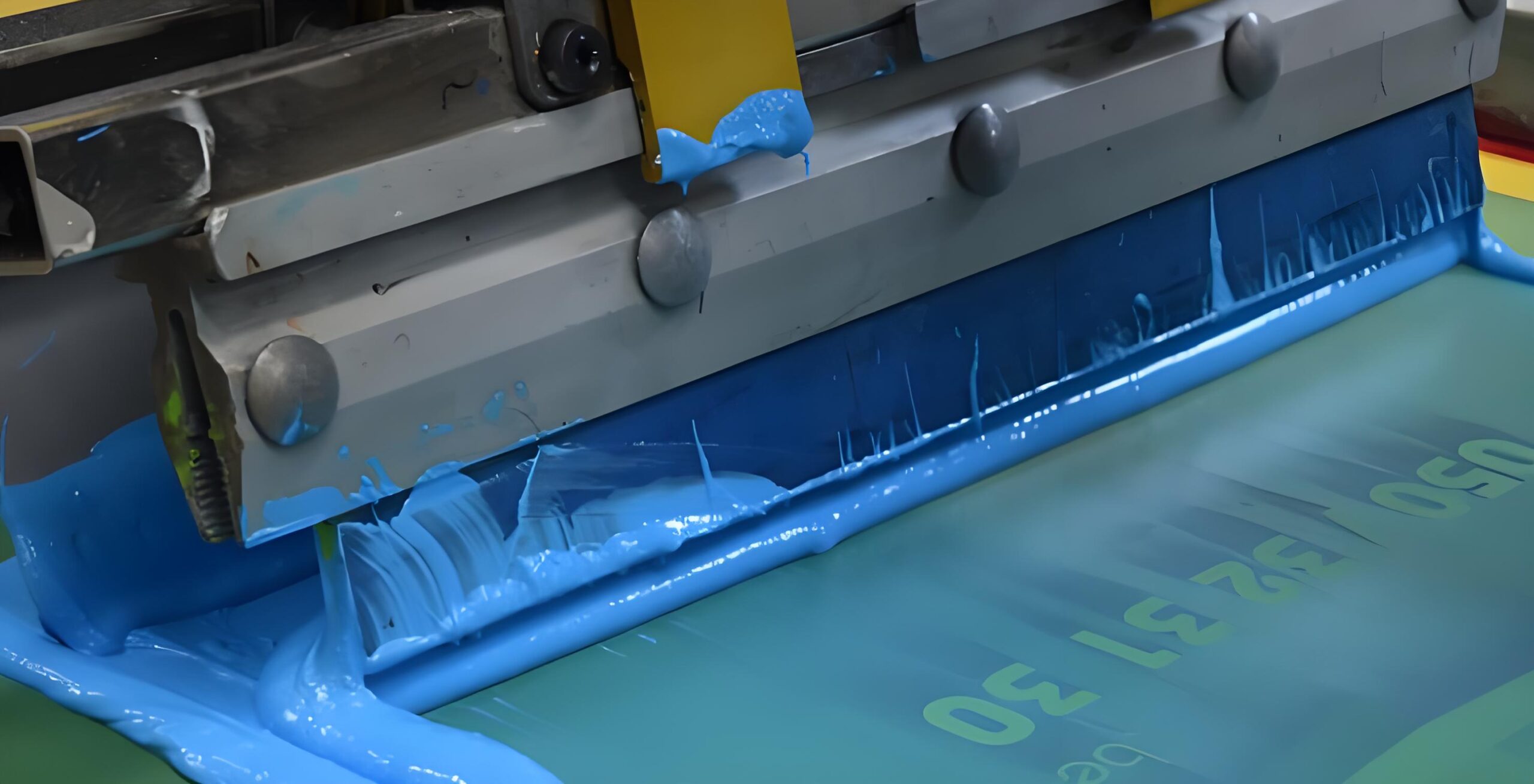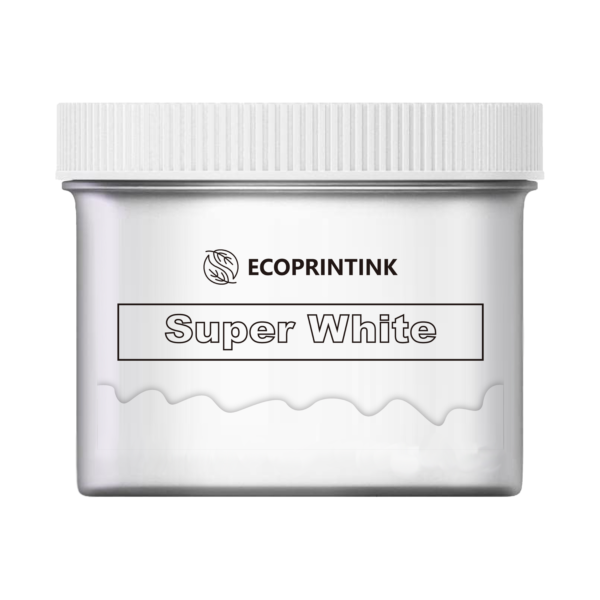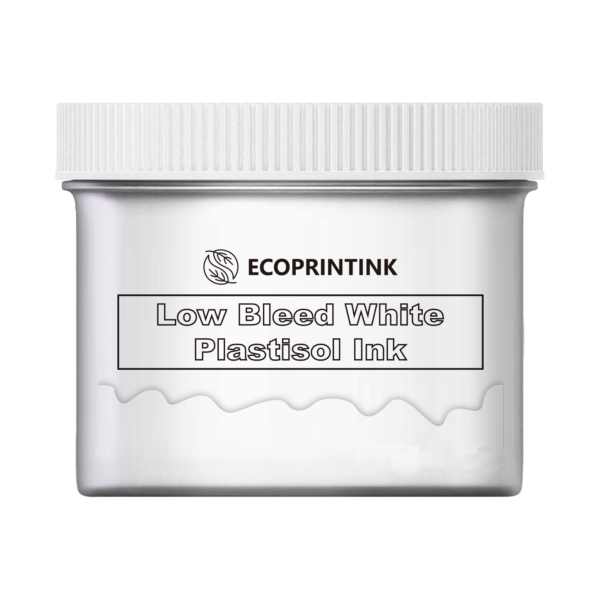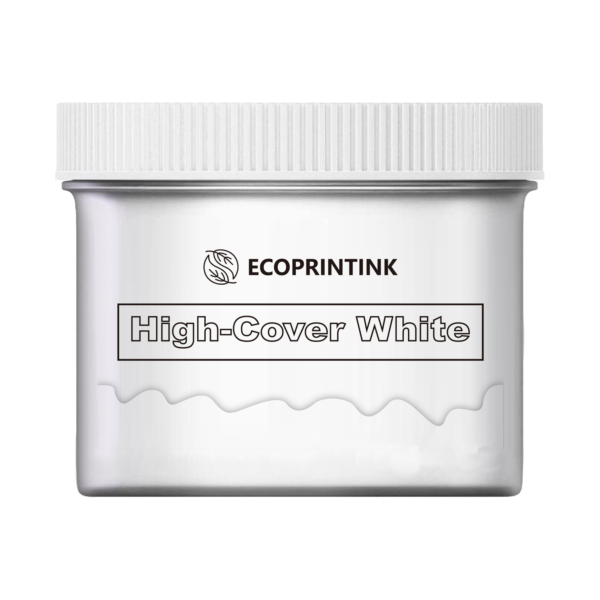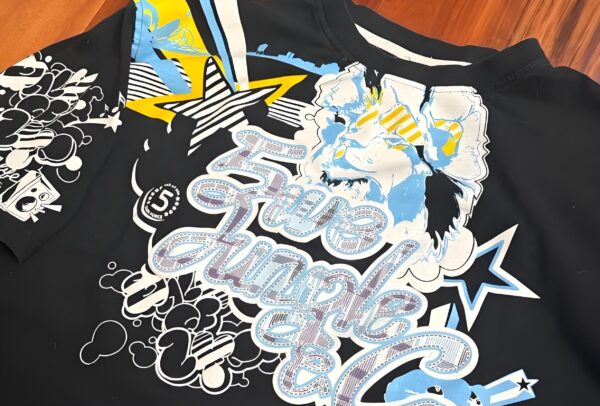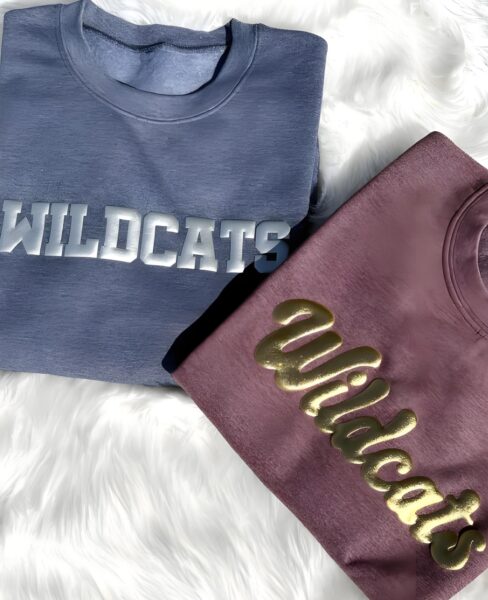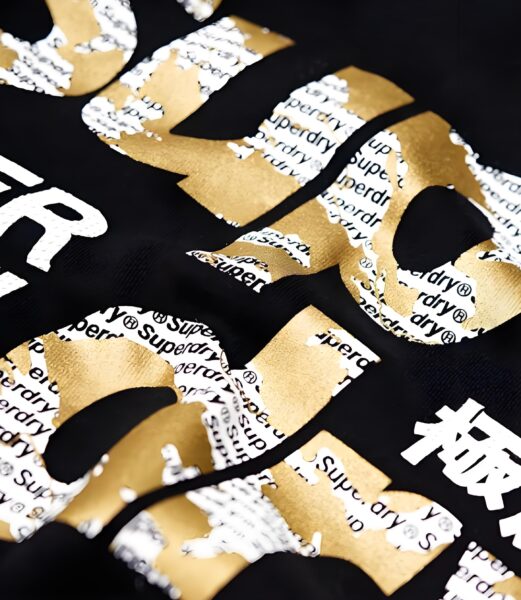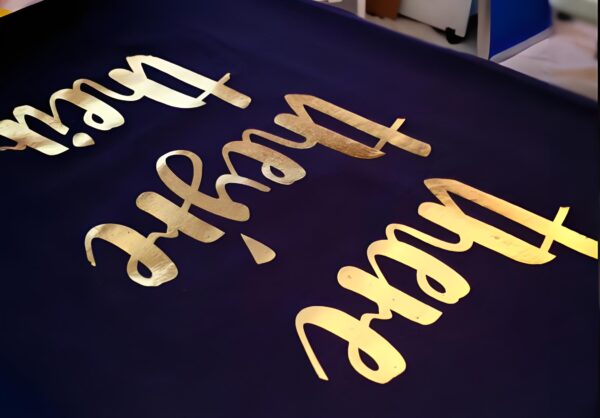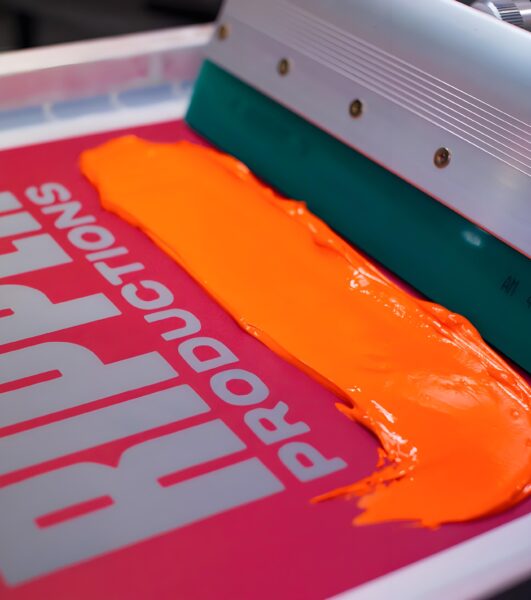Screen printing is a undying artwork form and an critical technique in custom apparel and textile ornament. Whether you’re a seasoned display screen printer or a DIY enthusiast, know-how the core factors like display screen printing monitors, frames, mesh counts, ink sorts, and screen printing elements can increase your print great and performance. This article gives a complete dive into monitors and frames, unraveling the technological know-how and craftsmanship at the back of a success display screen print initiatives.
If you’ve got ever questioned why sure prints stand out with colourful colorings and crisp details, or the way to pick the proper display screen or aluminum display frame to your assignment, this manual is your go-to useful resource. It covers the whole lot from preparing a screen for screen printing to choosing the exceptional mesh be counted, working with emulsions, and keeping your displays put up-print. Reading similarly will equip you with professional information on display printing screens and frames, ensuring your display printing method promises professional-nice effects each time.
Table of Contents
1.What is a Screen in Screen Printing?
In display printing, a display screen is the inspiration of the complete printing system. It is basically a mesh cloth stretched over a body—usually aluminum or wooden—that helps the stencil for photograph switch. The display screen allows ink to skip via unique areas blocked by way of a stencil to create the desired design.
Screens are to be had in diverse mesh sorts and counts, which without delay effect the element and ink deposit on the substrate. Choosing the right screen for screen printing guarantees that your design prints absolutely with out ink bleeding or clogging. Whether you’re running on fabric like t-shirts or different textiles, the display screen mesh acts as the primary medium controlling ink drift all through printing.
2.How Does Screen Printing Mesh Affect Your Print?
Screen printing mesh refers back to the woven material that covers the screen frame. This silk screen cloth is regularly crafted from polyester or nylon, with mesh count indicating the quantity of threads per inch. The mesh controls how much ink passes thru for the duration of printing.
A lower mesh matter like one hundred ten mesh is good for formidable, thick ink deposits and printing on tough surfaces. In assessment, a better mesh count offers finer element by using permitting much less ink however rendering crisp prints. Selecting the proper screen printing mesh affects the whole lot from photo definition to drying time.n choosing the perfect combination for your application, whether using plastisol ink or water-based inks.
3. What Role Do Screen Printing Frames Play?
The body holds the mesh taut and stable in the course of the printing procedure; it’s an vital part of display printing components. Without a robust body, the display would sag or warp, ruining print excellent. Frames are traditionally made of wooden but nowadays, expert screen printers decide on aluminum frames due to their sturdiness and constant anxiety retention.
A well-constructed body guarantees even stress distribution whilst the usage of equipment like a squeegee to push ink thru the display screen mesh, ensuing in sharp, regular prints. Screen printing frames come in diverse sizes to fit extraordinary display screen printing presses and device.
4. Why Choose Aluminum Frames for Screen Printing?
Aluminum displays and frames are increasingly more famous in expert and DIY silkscreen printing setups because of their durability and ease of use. Unlike wood, aluminum frames face up to warping from moisture, preserving mesh anxiety at some stage in lengthy print runs.
The light-weight nature of aluminum frames makes handling screens a good deal simpler, mainly for custom display printers dealing with a couple of screens. Moreover, aluminum frames simplify cleaning and reclaiming techniques given that they could resist repeated exposure to emulsion remover and different chemical compounds utilized in display screen printing elements and gadget renovation.
5. How Does Mesh Count Influence the Print Quality?
Mesh remember is important whilst designing your display screen printing setup and greatly influences print element and ink thickness. Lower mesh counts, along with one hundred ten mesh, have larger openings that permit more plastisol or water-primarily based ink to skip thru, perfect for printing thick layers on clothes.
Higher mesh counts are ideal for elaborate designs requiring fine traces and small text, ensuring less ink saturated into the textile to keep away from blurring. For display printers, knowledge exclusive mesh counts and choosing the right display printing mesh is key to accomplishing crisp prints and customizing apparel to consumer wishes.
6. What Is the Importance of Emulsion in Screen Preparation?
Emulsion is a light-touchy liquid coating applied to the screen mesh before publicity. Once dry, it forms a stencil wherein light blocks harden the emulsion besides in areas where you want ink to bypass thru.
Using photograph emulsion lets in display screen printers to create excessive-resolution designs. After publicity, the unexposed emulsion is washed out, revealing the stencil. It’s critical to apprehend that emulsion kind and thickness affect ink go with the flow and print element.
Pre-burned monitors with emulsion implemented and geared up to expose also are normally used by screen printing stores for quicker production and consistency in screen training.
7.How Do Different Types of Ink Affect Your Screen Printing Screens?

Ink selection basically influences the display screen printing technique and final product appearance. Plastisol ink is durable, vibrant, and broadly preferred for garment printing due to its opacity and simplicity of use. Water-primarily based inks offer a softer experience and are eco-friendlier, best for a water-based totally print aesthetic.
Screen printing inks want to be selected with fabric type and mesh remember in thoughts. Thicker inks require decrease mesh counts, even as thinner inks demand better mesh counts for proper transfer.
Understanding variations between plastisol ink and water-based inks supports making knowledgeable decisions that mesh nicely together with your display printing mesh and stencil designs, resulting in professional-quality prints.
8. What Supplies Do You Need for Professional Screen Printing Screens?
Successful display printing requires greater than just monitors and frames. Essential display printing components and gadget consist of squeegees for pushing ink, emulsions and emulsion removers for making ready and reclaiming displays, numerous inks, and exposure devices for stencil creation.
Other beneficial equipment are drying racks for curing ink and cleaning stations to keep monitors after printing. Whether you’re walking a complete screen printing press or a DIY setup, making an investment in first-class screen printing components ensures longevity, precision, and reproducibility, specifically for custom clothing or bulk printing desires.
9.How to Use Pre-Burned Screens and Custom Screens?
Pre-burned displays shop display printers considerable time by using imparting monitors with a picture emulsion stencil already exposed and dried. These are useful for brief turnaround jobs and smaller display screen printing stores looking for efficiency.
Custom screens tailored to unique mesh counts, frame sizes, and emulsion sorts provide extra manipulate over print excellent but require knowledge in using photograph emulsion, publicity devices, and reclaim techniques.
Whether choosing custom display screen printing monitors or pre-burned options, knowledge your venture’s desires and suitable equipment permits you to balance pace and best correctly.
10.What Are Best Practices for Reclaiming and Maintaining Screen Printing Screens?
Reclaiming is the method of cleaning screens after printing to get rid of ink and emulsion, preparing them for reuse. Proper display preservation extends the lifespan of your screen printing mesh and frames.
Using an emulsion remover blended with thorough washing prevents stencil degradation. Regular assessments for mesh tears or body warping are essential to keep away from print defects.
Maintaining screens entails using proper display printing resources like emulsion remover and punctiliously storing aluminum displays to save you dust accumulation. Adopting those practices maximizes your investment and continues your display screen printing manner smooth and a success.
Key Takeaways
- Screens are the inspiration of screen printing, with the mesh permitting ink to bypass for layout switch.
- The mesh matter dictates print detail and ink deposit; decrease counts for thicker prints, higher counts for finer info.
- Frames, ideally aluminum, provide stability and preserve mesh tension essential for fine prints.
- Using the right emulsion creates unique stencils, permitting professional-degree prints.
- Choice of ink subjects; plastisol gives sturdiness, water-primarily based inks offer softness and eco-friendliness.
- Investing in first-class screen printing elements and device ensures consistency and efficiency.
- Pre-burned monitors keep time, even as custom displays offer flexibility in manufacturing.
- Proper reclaiming and upkeep shield your screens and frames, extending their usability.
- Understanding how all components have interaction empowers display screen printers to deliver vibrant, long-lasting prints on custom apparel and textiles efficiently.
- Whether for commercial operations or DIY tasks, mastering your displays and frames is necessary for accomplishing tremendous screen print results.
By learning the display screen printing process and understanding the synergy between monitors, mesh, frames, and inks, you unlock the capacity to create colourful, certain, and durable prints across various fabric and products types. Whether you’re printing t-shirts, textiles, or other custom apparel, the right display screen printing displays and frames will make all of the distinction in the quality and professionalism of your very last print.
